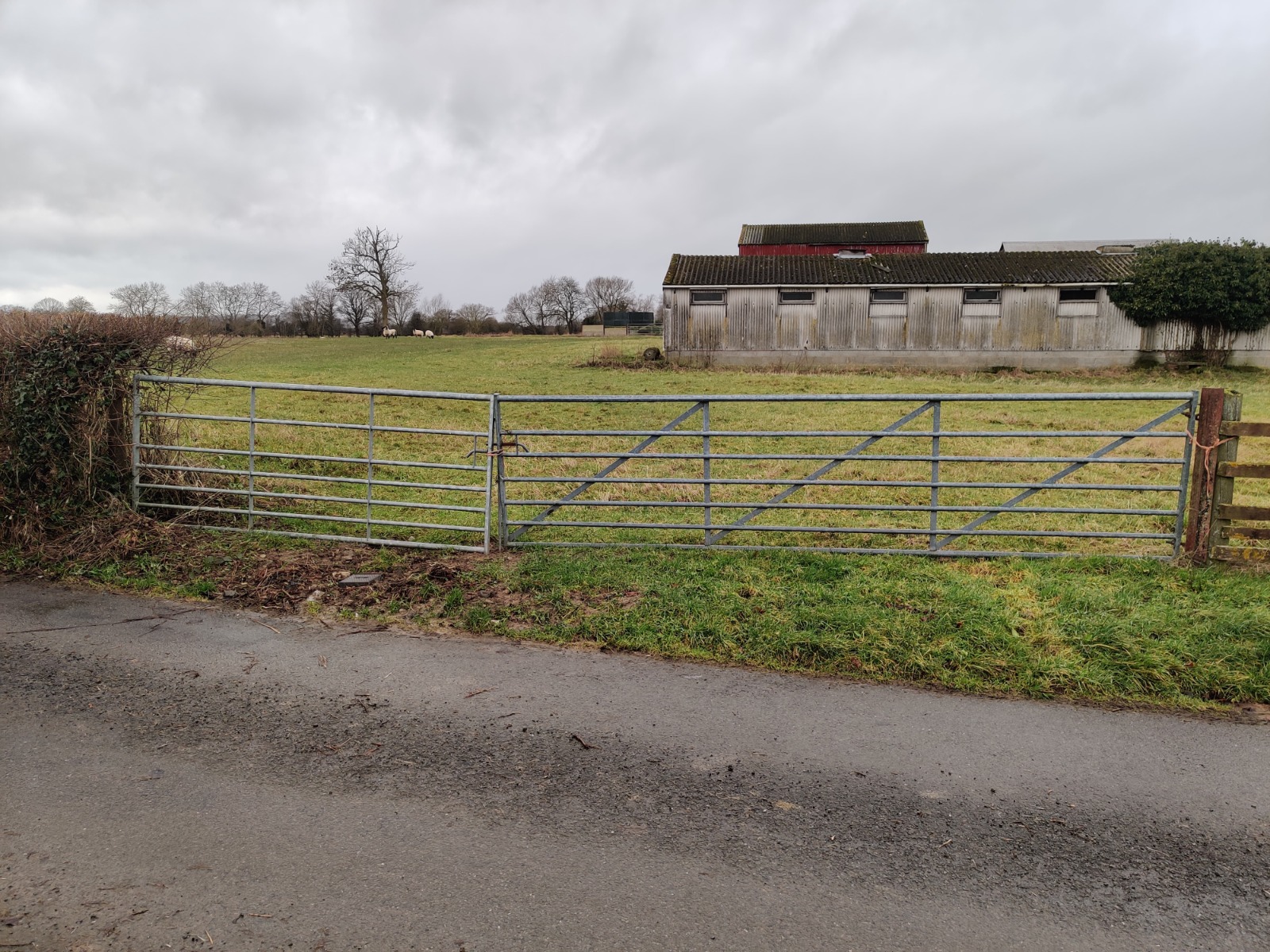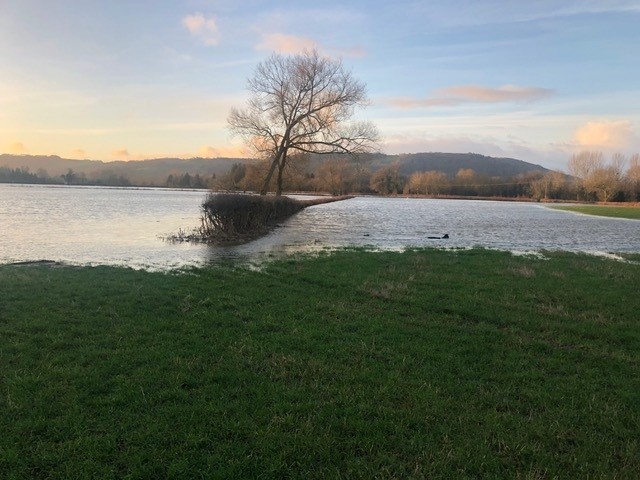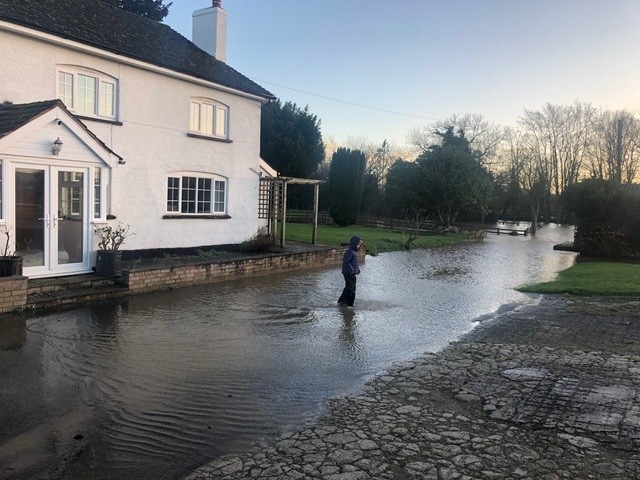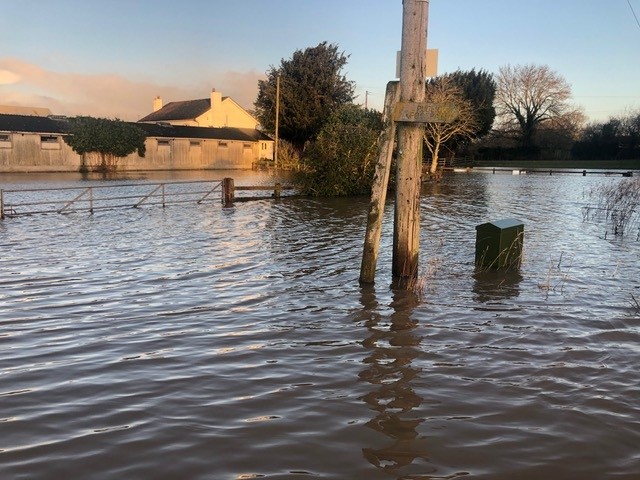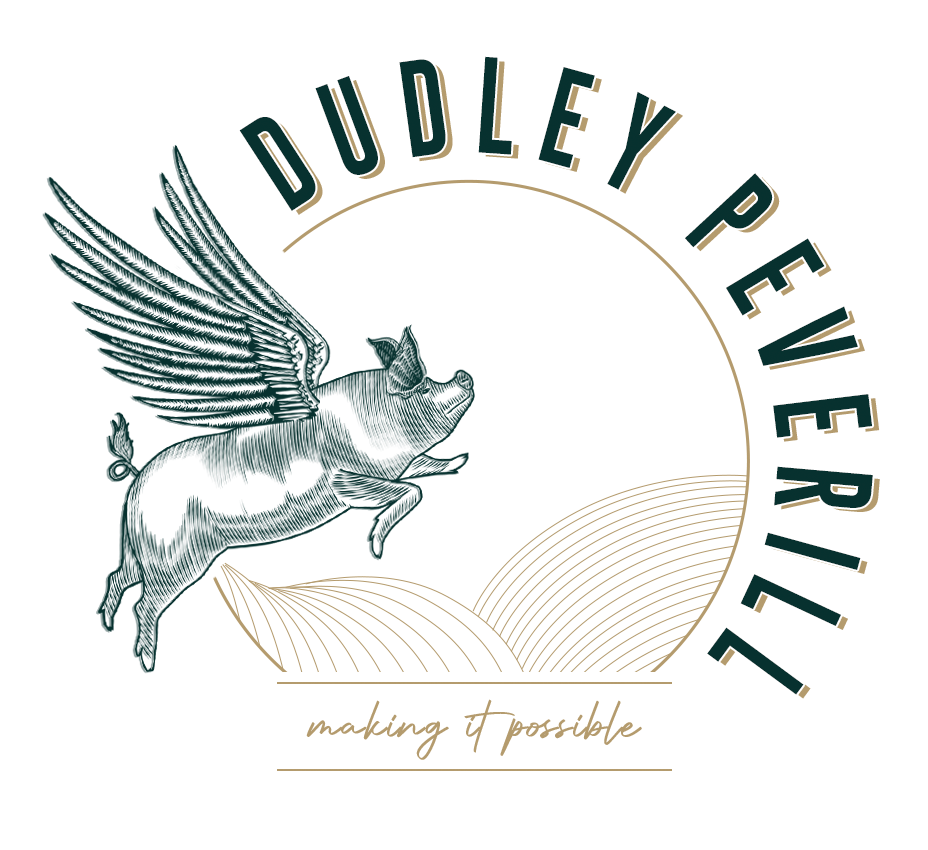Yew Tree Farm Holistic Farm Remodelling Project
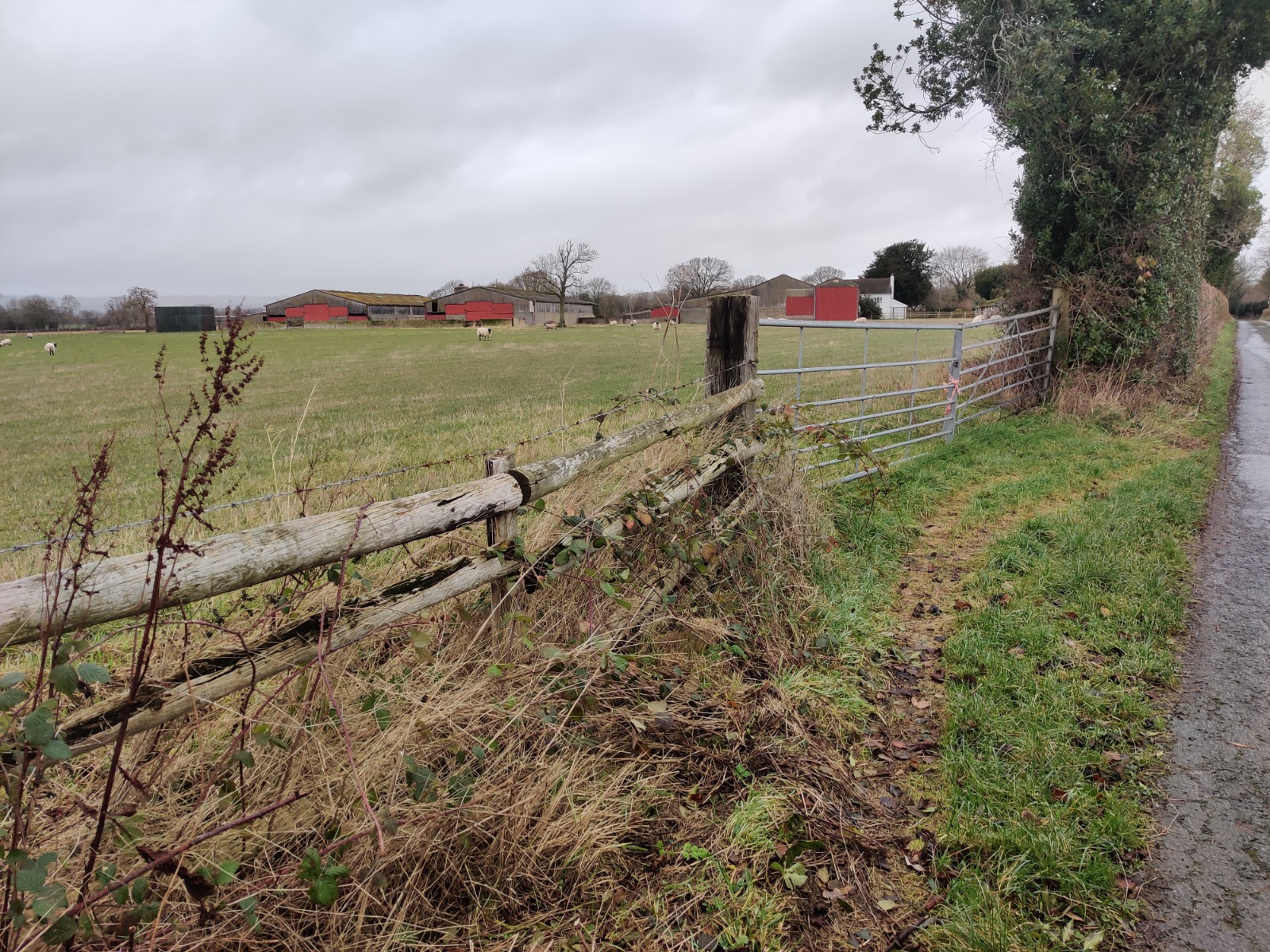
Introduction
Yew Tree Farm, located in the picturesque rural setting of Herefordshire, UK, was purchased by a couple with a vision for diversification and sustainable land management. The farm, previously an intensive pig unit, had 30 acres of predominantly permanent pasture and six farm buildings. The couple’s goal was to create a viable business from the land while also turning it into a home. This case study outlines the holistic farm remodelling project undertaken to meet these aspirations.
The Challenge: Limited Income and Flooding Constraints
The couple’s primary challenge was the financial viability of running a 30-acre farm. With minimal agricultural activity—just grazing income and hay sales—it was clear that the farm could not generate enough income to support the couple long term. Additionally, flooding was a significant constraint, particularly during peak seasons (October to March), making access to the farm and its buildings challenging. This posed further limitations on potential uses for the land and buildings.
The Solution: Estate Master Planning and Strategic Diversification
To address these challenges, the couple approached Alexander Moss and his team for a comprehensive estate master plan. The process began with understanding the couple’s goals, the farm’s constraints, and the surrounding environment. The team identified key opportunities and constraints, including the floodplain issue and the potential for tourism development.
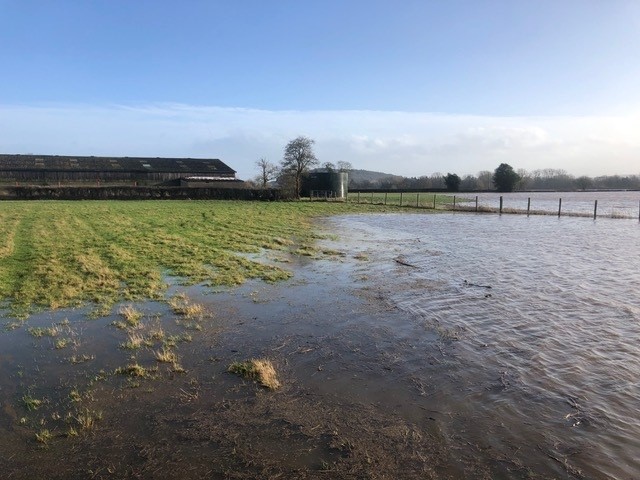


Biodiversity Net Gain and Tourism Development
One of the key strategies involved entering the land into a biodiversity net gain (BNG) scheme. This allowed the couple to generate income from the land while simultaneously increasing biodiversity and supporting land use change. The additional funds generated from the BNG scheme would help finance a tourism venture based on the farm’s rural charm.
In terms of building use, the team proposed converting some of the existing farm buildings into tourist accommodations. This would create a nature-based tourism business and diversify the farm’s income stream, reducing reliance on traditional agriculture.
New Primary Residence
The estate master plan also called for replacing the current farmhouse, which was not flood-resilient. A new primary residence was to be built in a location less prone to flooding, improving the couple’s living conditions and providing a more sustainable home base.
Strategic Planning and Implementation
The team followed a detailed and sequential project management process, based on the Royal Institute of British Architects’ (RIBA) Plan of Work, to guide the project through the various stages.
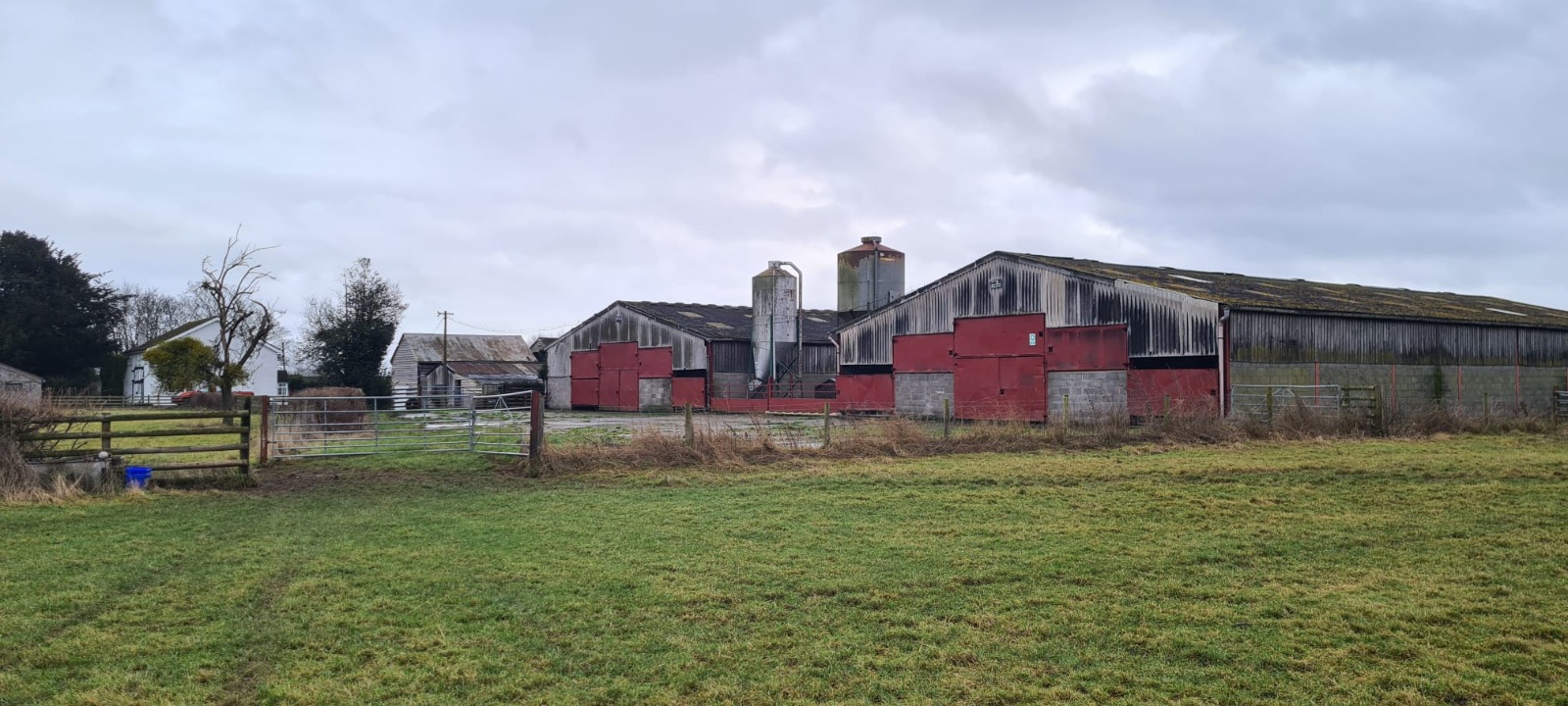

Project Updates
RIBA Stage 3: Planning and Design
At RIBA Stage 3, the team entered the planning phase, working on complex planning strategies. After conducting a pre-application consultation with the local planning authority, it became clear that while there was general support for the project, there was no policy backing for the addition of another primary residence on-site. To overcome this hurdle, the team utilized permitted development rights (Class Q) as a fallback position. This allowed for the potential conversion of agricultural buildings into a residential dwelling if planning permission was denied.

Managing Stakeholders and Specialists
The project required collaboration with a range of specialists, including architects, ecologists, hydrologists, and planning consultants. Timothy Tasker Architects provided architectural design input, while Civicity worked on the biodiversity net gain scheme. A hydrologist, Matt Cheeseman, was involved to assess flood risks, and a highways consultant from Rapport provided insights into transport and access challenges.
The management of these specialists was key to the project’s success. Alexander Moss’s team ensured synergy between all stakeholders, fostering effective communication and making sure each expert understood their role in delivering the project.
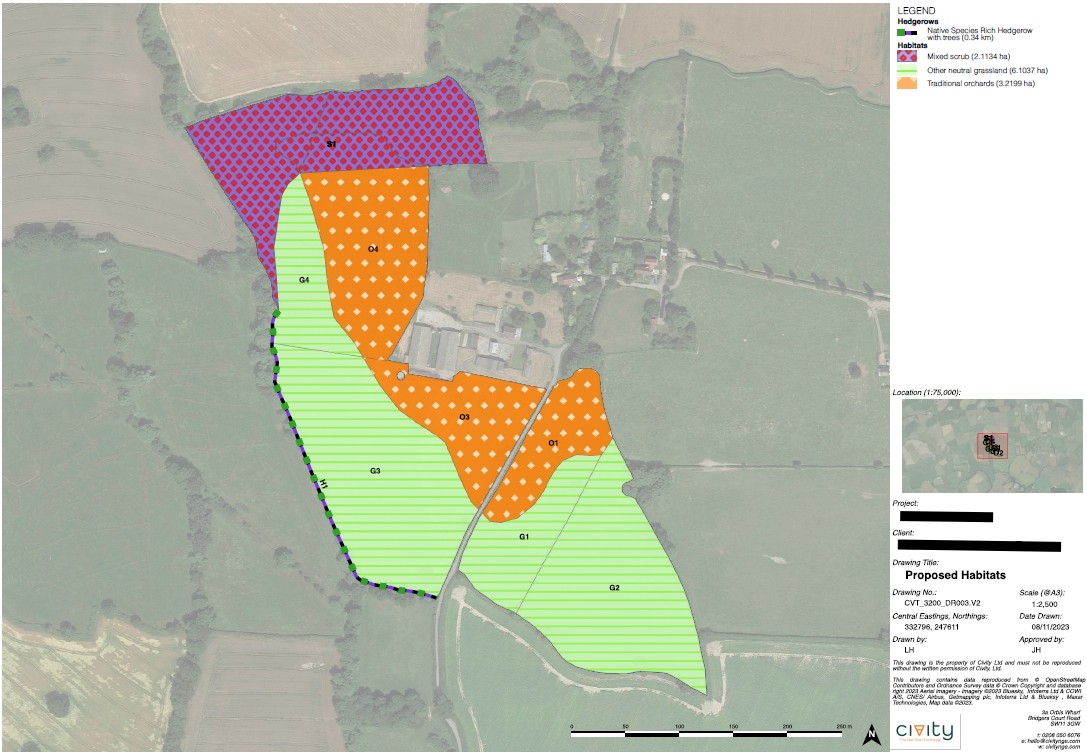
Impact and Future Prospects
Had Tree Farm not pursued this holistic approach, it would likely have remained financially unsustainable, solely dependent on agricultural income, and vulnerable to market volatility. The diversification strategy not only provided a new revenue stream through tourism and biodiversity schemes but also addressed key challenges like flooding and the need for a more resilient home for the couple.
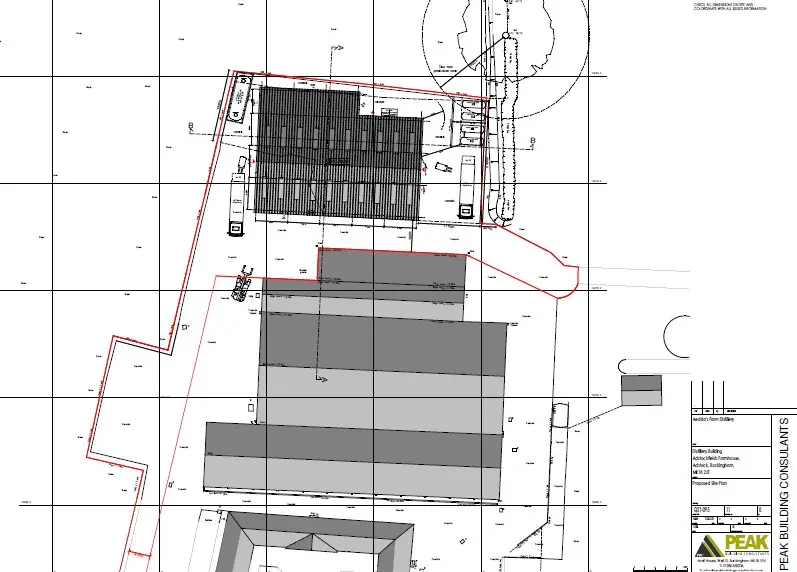
Conclusion
The Tree Farm project demonstrates the importance of a strategic, multifaceted approach to rural diversification. By combining environmental schemes, tourism development, and thoughtful planning, the project not only enhanced the farm’s financial viability but also created a sustainable future for the couple, turning challenges into opportunities.
Dudley Peverill offers an independent service and can support you to help maximise your asset utilisation through business diversification. Contact us to get started.
